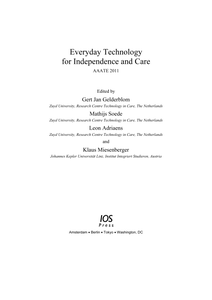Rationale, aims and objective: Primary Care Plus (PC+) focuses on the substitution of hospital-based medical care to the primary care setting without moving hospital facilities. The aim of this study was to examine whether population health and experience of care in PC+ could be maintained. Therefore, health-related quality of life (HRQoL) and experienced quality of care from a patient perspective were compared between patients referred to PC+ and to hospital-based outpatient care (HBOC). Methods: This cohort study included patients from a Dutch region, visiting PC+ or HBOC between December 2014 and April 2018. With patient questionnaires (T0, T1 and T2), the HRQoL and experience of care were measured. One-to-two nearest neighbour calliper propensity score matching (PSM) was used to control for potential selection bias. Outcomes were compared using marginal linear models and Pearson chi-square tests. Results: One thousand one hundred thirteen PC+ patients were matched to 606 HBOC patients with well-balanced baseline characteristics (SMDs <0.1). Regarding HRQoL outcomes, no significant interaction terms between time and group were found (P > .05), indicating no difference in HRQoL development between the groups over time. Regarding experienced quality of care, no differences were found between PC+ and HBOC patients. Only travel time was significantly shorter in the HBOC group (P ≤ .001). Conclusion: Results show equal effects on HRQoL outcomes over time between the groups. Regarding experienced quality of care, only differences in travel time were found. Taken as a whole, population health and quality of care were maintained with PC+ and future research should focus more on cost-related outcomes.
DOCUMENT

Background and Objective: To develop a health care value framework for physical therapy primary health care organizations including a definition. Method: A scoping review was performed. First, relevant studies were identified in 4 databases (n = 74). Independent reviewers selected eligible studies. Numerical and thematic analyses were performed to draft a preliminary framework including a definition. Next, the feasibility of the framework and definition was explored by physical therapy primary health care organization experts. Results: Numerical and thematic data on health care quality and context-specific performance resulted in a health care value framework for physical therapy primary health care organizations—including a definition of health care value, namely “to continuously attain physical therapy primary health care organization-centered outcomes in coherence with patient- and stakeholder-centered outcomes, leveraged by an organization’s capacity for change.” Conclusion: Prior literature mainly discussed health care quality and context-specific performance for primary health care organizations separately. The current study met the need for a value-based framework, feasible for physical therapy primary health care organizations, which are for a large part micro or small. It also solves the omissions of incoherent literature and existing frameworks on continuous health care quality and context-specific performance. Future research is recommended on longitudinal exploration of the HV (health care value) framework.
DOCUMENT

Transitions in health care and the increasing pace at which technological innovations emerge, have led to new professional approach at the crossroads of health care and technology. In order to adequately deal with these transition processes and challenges before future professionals access the labour market, Fontys University of Applied Sciences is in a transition to combining education with interdisciplinary practice-based research. Fontys UAS is launching a new centre of expertise in Health Care and Technology, which is a new approach compared to existing educational structures. The new centre is presented as an example of how new initiatives in the field of education and research at the intersection of care and technology can be shaped.
DOCUMENT
